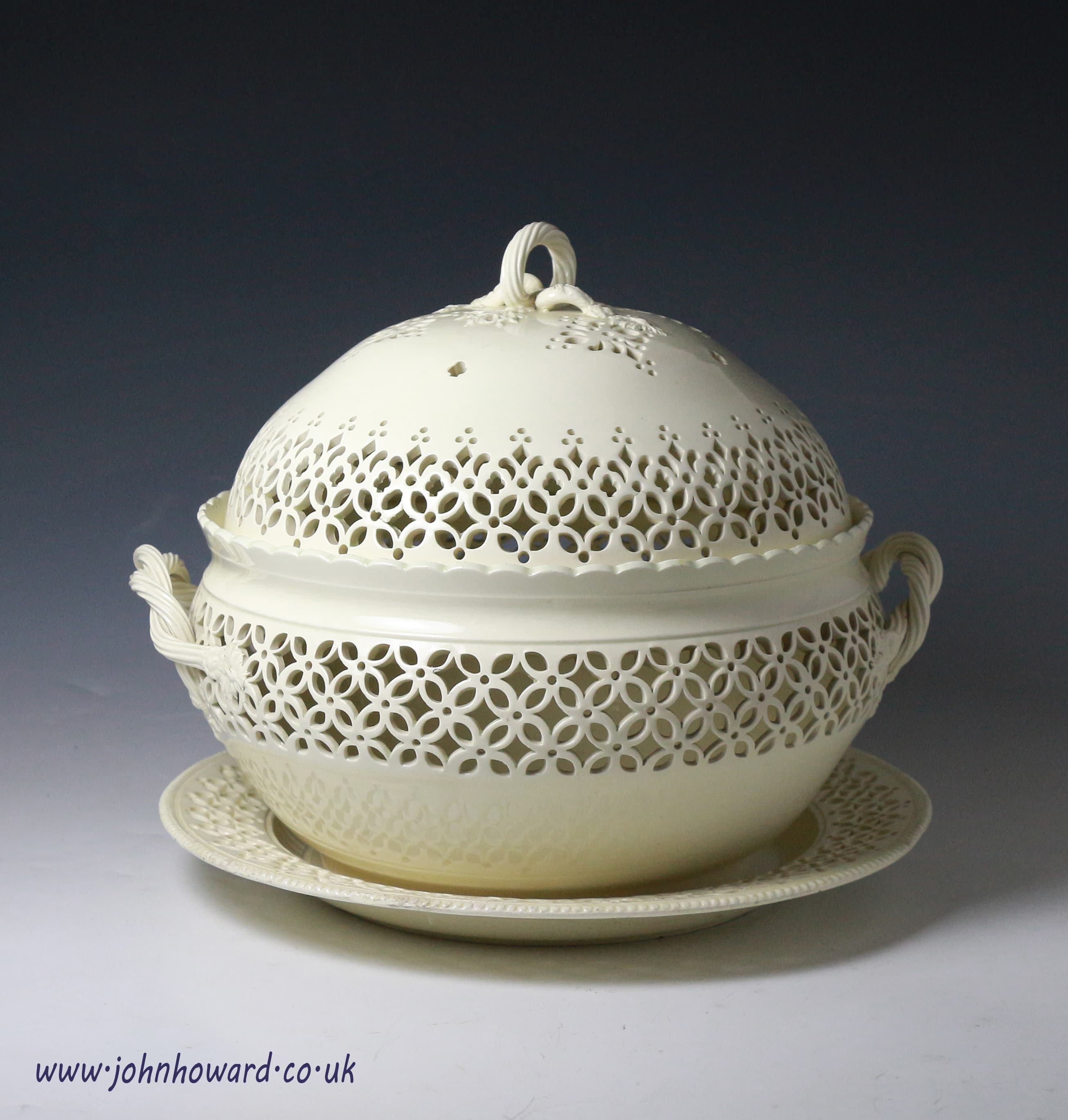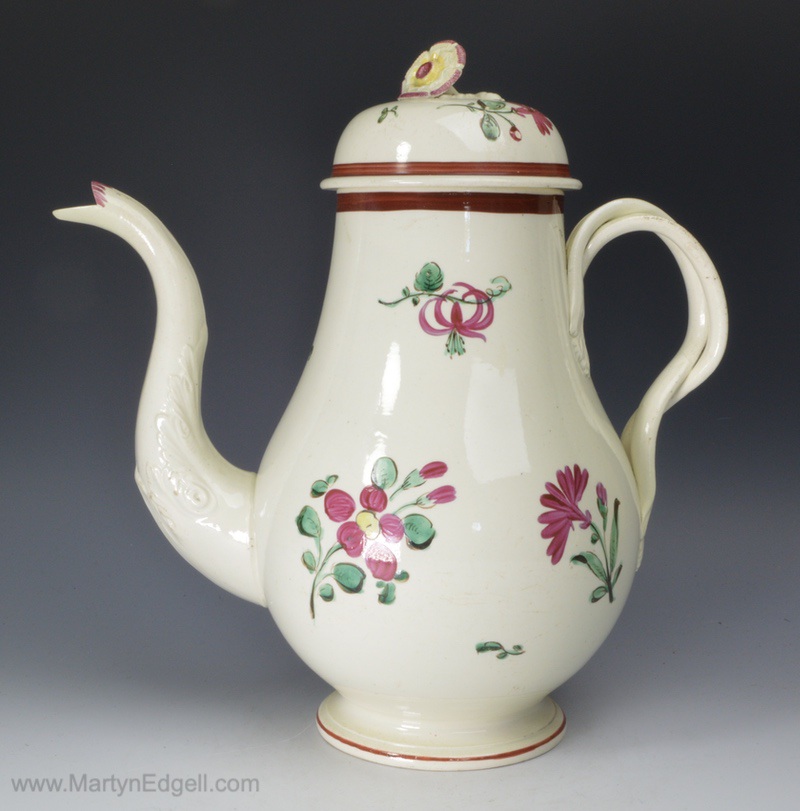


Interestingly, the Slee catalogue also shows covered chestnut bowls, figs. Slee, employing workmen and using many of the original moulds and patterns obtained from old works." In fact it is now generally believed that he was only selling George Senior's wares. Much of the Senior's production was marketed through an antique dealer, William Wood Slee of 30 Duncan Street, Leeds, who claimed to be the manufacturer of "Reproductions of Leeds Pottery." Although it is not known for how many years Slee published a catalogue, the Leeds Museum and Galleries has a copy of an undated Slee catalogue and 1913 price list, in which he states: "The manufacture of Leeds Pottery revived in 1888 by W. However, their wares can also be of such high quality that they can be mistaken for the work of earlier factories. was one of the most successful of the English creamware potteries established in the 18th century, which first published its catalogue or pattern books in 1783 and continued printing them periodically until 1814, with some wares impressed "LEEDS POTTERY." The Senior reproductions often bear that same original impressed "LEEDS POTTERY" mark the Senior's quality is often more thickly potted than the original, and the glaze often greyer and more thickly applied, which then pooled (often with a green tone) with a very distinct crackled glaze. Next to the Wedgwood factory, Hartley, Greens & Co. the Seniors also produced other pieces, particularly pierced wares which were far more elaborate than those produced by Hartley, Greens & Co.

James Senior made various types of pottery, including slipware and tiles, at different sites until sometime between 18, when he started producing creamwares in an 18th century style, many based on the products and some using the same molds from the Leeds factory of Hartley, Greens & Co. John Griffin illustrates a picture of a similar egg tray as made by Morton.

Morton was an apprentice to James Senior circa 1888-1895, and returned to work with the Seniors from 1907 to circa 1913 when he left to establish his own pottery according to John Griffin, it is virtually impossible to distinguish between pieces made by Morton when potting on his own in Leeds (who also used the impressed "LEEDS POTTERY" mark before establishing a pottery at Airey Hill, Filey, in 1933) and those produced by the Senior brothers. In the late 19th and early 20th century, typical 18th century Leeds Pottery creamwares were produced by members of the Senior family, primarily James "Wraith" Senior (c.1854-1909) who worked over time with his sons, George William (1882-1970) and James Jr. Slee Co., Leeds, England (illustrated and listed as No. Overall: 4 3/8 in x 7 1/4 in 11.1125 cm x 18.415 cmĮnglish creamware egg tray decorated with elaborate piercings, which was made by either George William Senior or John Thomas Morton of Leeds and sold by the W.W. Historic Deerfield Mount Holyoke College Art Museum The Joseph Allen Skinner Museum at Mount Holyoke College Smith College Museum of Art University Museum of Contemporary Art at UMASS AmherstĬeramic: lead glazed cream-colored earthenware (creamware) Mead Art Museum at Amherst College Hampshire College Art Gallery View : Light Box | List View | Image List | Detailed


 0 kommentar(er)
0 kommentar(er)
